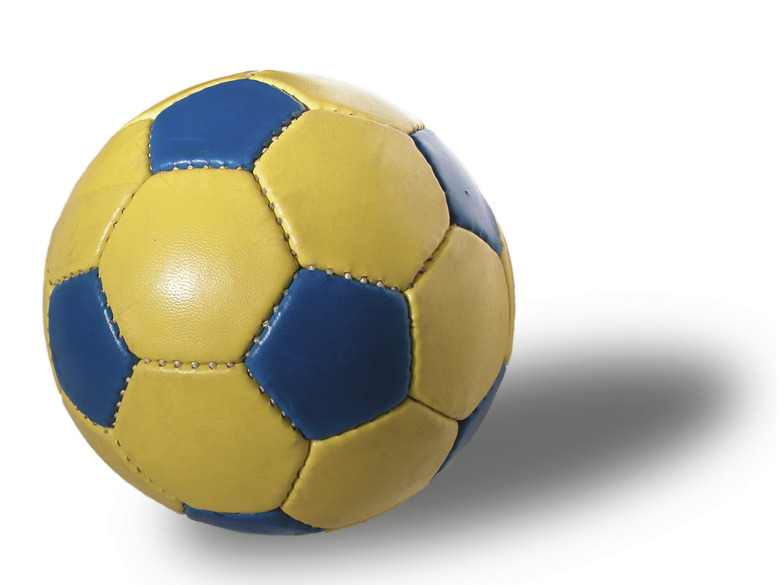Physical Address
Suite 5, 181 High Street,
Willoughby North NSW 2068
Physical Address
Suite 5, 181 High Street,
Willoughby North NSW 2068

Soccer is a rich resource for a science fair project. It’s a topic that lots of kids involved in youth soccer leagues are likely to be enthusiastic about, and it’s chock-full of opportunities to demonstrate scientific concepts in physics and geometry. Plus, it’s a chance to do some active project work. There are many different ways to approach a soccer science fair project, involving different levels of scientific knowledge.
Soccer ball manufacturers always recommend that their products be inflated to a particular pressure. Your project can investigate why that is and what happens when the ball is over- or underinflated. There are a few different ways to do this, but one of the simplest is to have an assistant stand on a chair and drop a ball onto a hard surface, then measure the bounce you get. You can do this either with a yardstick or by video. Compare the bounce of differently inflated balls.
This experiment investigates the effects of weight, lift and drag on bodies of different sizes. The trick of the experiment is to find a way to exert the same force on each ball. Just kicking it is not precise enough because you won’t be able to kick exactly as hard each time. A fun part of your project can be constructing a simple catapult or kicking machine that will deliver a more consistent force. Make measurements of time and distance with different sizes of balls.
Your project will take a look at how the angle of the shooter to the goal affects the accuracy of the kick. Mark out about one-third of the goalmouth with something like a bucket or cone. Kick into this smaller area straight on and record your success rate over several kicks. Then move the angle of your kick successively to each side and record your results.